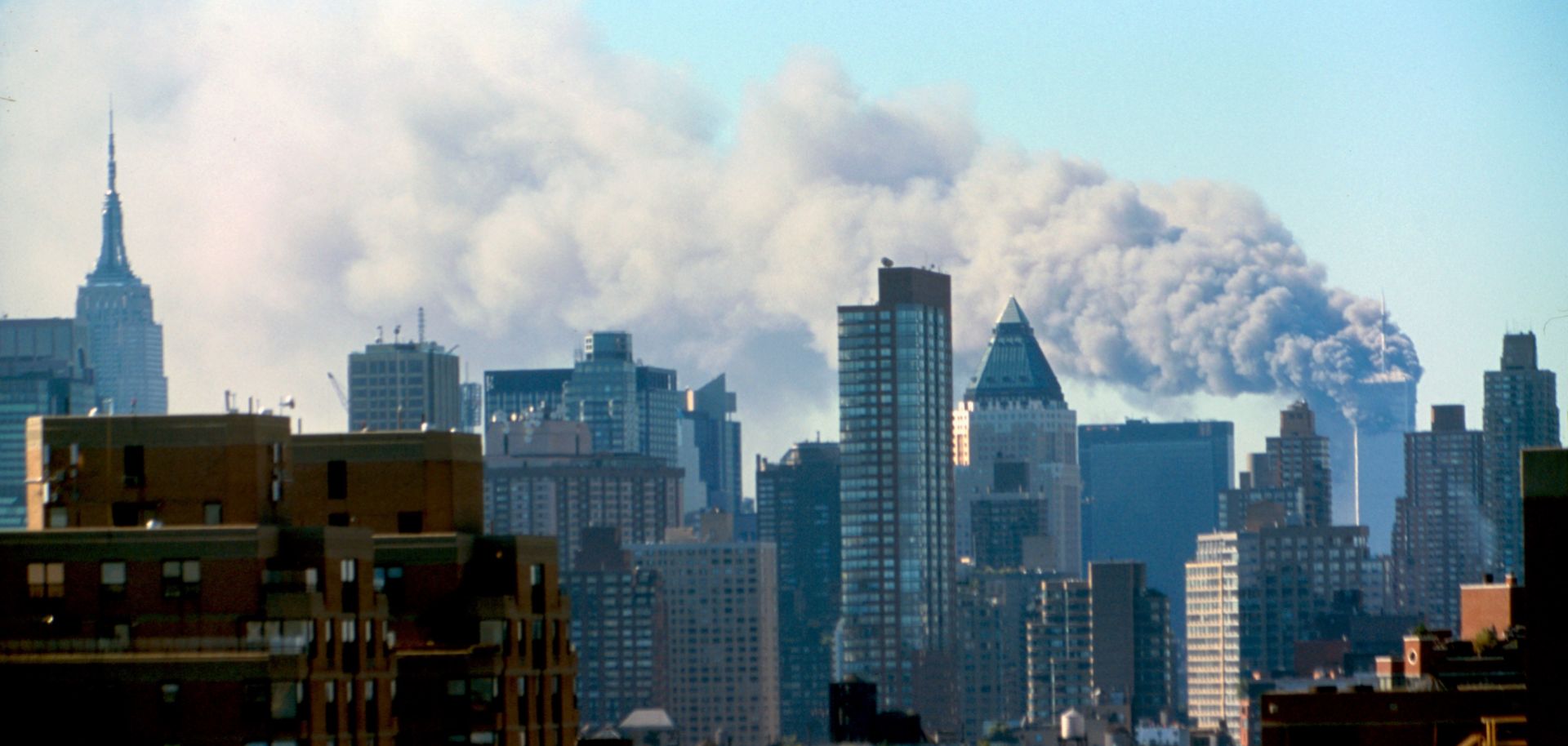COLUMNS
18 Years After 9/11, Jihadism Remains a Global and Local Threat

Sep 10, 2019 | 09:00 GMT

A photo of the Manhattan skyline shortly after al Qaeda attacked the World Trade Center on Sept. 11, 2001.
Highlights
- The jihadist movement has always consisted of various components, and has never had a unified ideology, theology or operational doctrine.
- While many franchise groups and grassroots jihadists operate under either the Islamic State or al Qaeda name, their operations are still largely independent and thus unaltered by any losses incurred by the two core organizations.
- This decentralized model means that jihadist militants continue to pose an array of threats both at the local and global level, and that security forces must keep the pressure on both levels to adequately thwart future attacks.
Subscribe Now
SubscribeAlready have an account?
